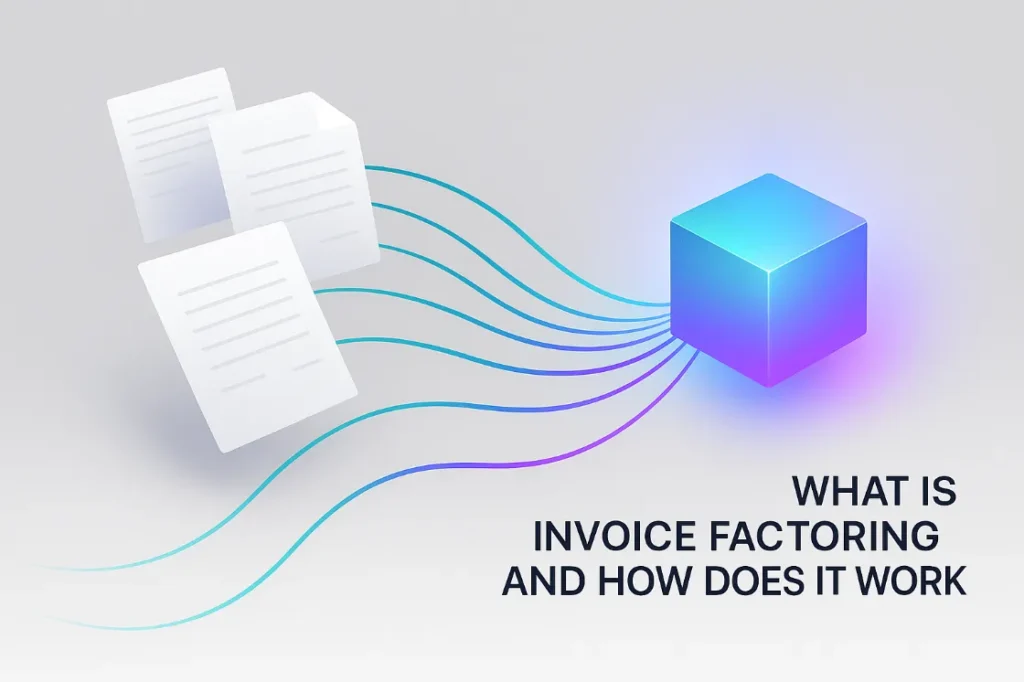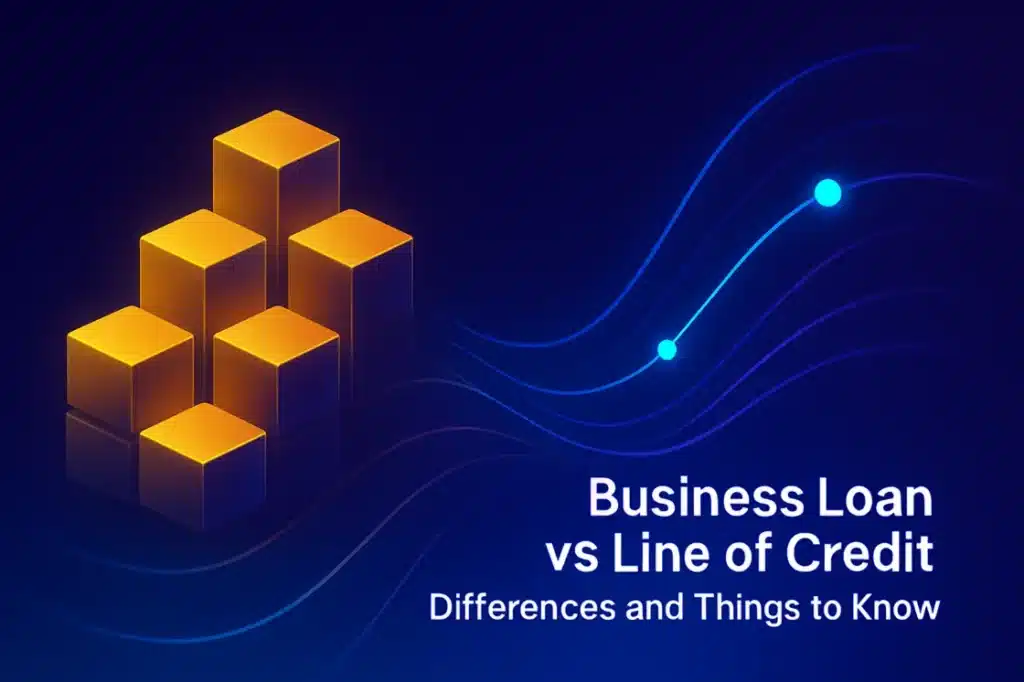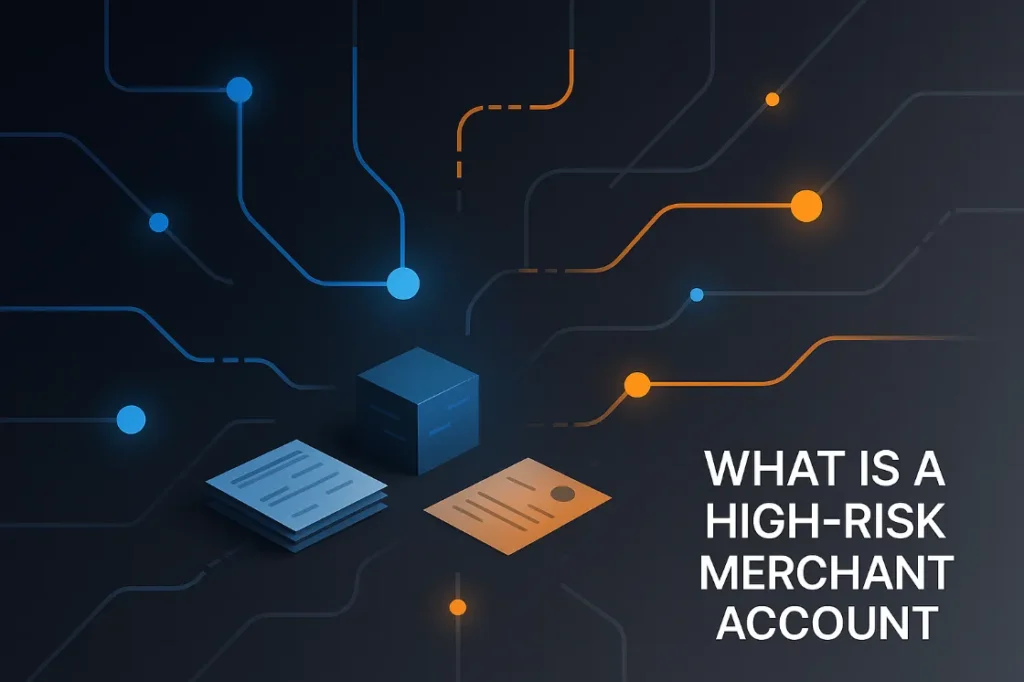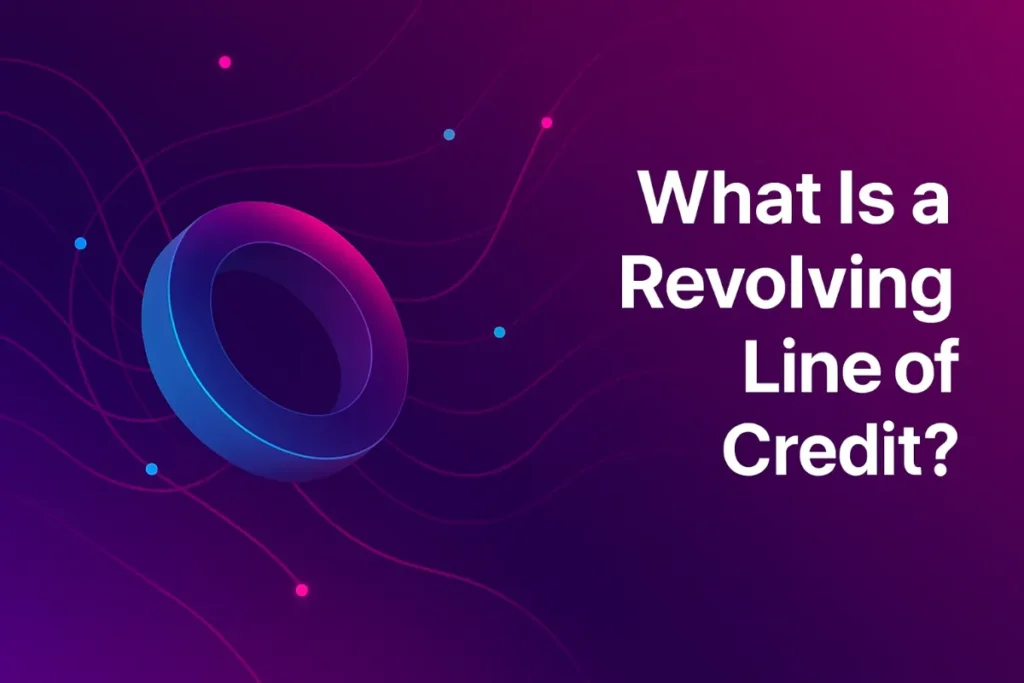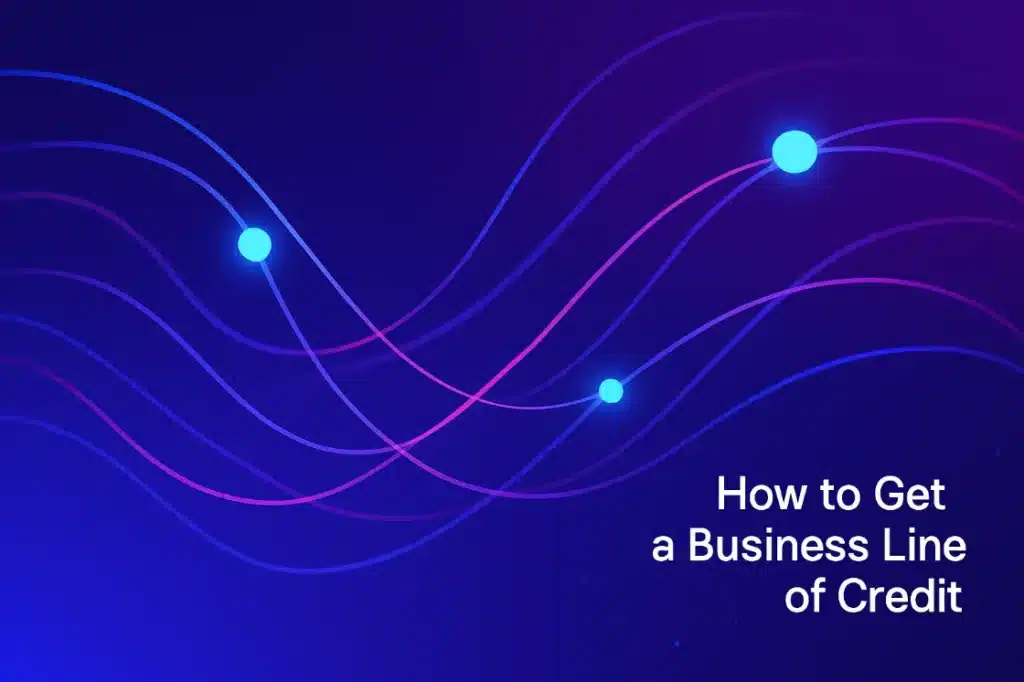While both Invoice Factoring vs Invoice Financing aim to improve cash flow, there are distinct differences between them. Here’s what each of the tools are, how they work, and how to determine which is best for you.
What is Invoice Factoring?
With invoice factoring, also known as accounts receivable factoring, a small business sells its outstanding invoices at a discounted rate. It’s a way for businesses to quickly turn such invoices into cash.
How Does Invoice Factoring Work?
You send your business’s invoices to a factoring company, which will review them to establish their eligibility. The company will next quote you a fee for its services. Once it gets the green light, it will typically pay you between 70% and 90% of the invoices’ total value.
Subsequently, the factoring company becomes the invoice owner, taking it off your balance sheet and assuming responsibility for payment collection. Once the factoring company receives payment for the invoices, it will pay you the remainder of what it owes, with any fees subtracted.
What is Invoice Financing?
Invoice financing is basically a short-term business loan that permits you to get money from an invoice finance provider, based on the invoices’ value. The invoices serve as loan collateral.
How Does Invoice Financing Work?
You invoice customers for goods and services provided, and send invoice details to the lender, also known as the invoice financing provider. Subsequently, you get a percentage of the invoice value – with the exact percentage up to the lender – usually within 48 hours. You then collect payment as usual from your customers, then reimburse the lender.
You retain the part of the invoice value – less a service fee – that was not a part of the invoice financing agreement. The lender charges interest on the amount borrowed. Combined with the fee, these costs can come to 30% of the invoices’ value.
Invoice Factoring Vs Invoice Financing – Which One is Best for You
Both solutions provide a cash advance that is based on your accounts receivable. The primary difference is that while invoice factoring is a financial transaction, invoice financing is a type of loan.
With factoring, you’re relinquishing ownership of your invoices and associated responsibilities. The invoices must have gone out within the last 30 days, so that they are still active and current. Ultimately, it’s the factoring company that collects from your clients.
With invoice financing, you get a cash advance by showing proof that you have unpaid invoices from your accounts receivable. While it’s the finance company that lends you money, you’re still responsible for payment collection and any interest fees.
In Summary
Businesses may employ either invoice factoring or invoice financing. While both can improve your cash flow and stabilize your revenue, there are differences to consider before settling on one or the other.
In general, you should consider invoice factoring if you’re experiencing cash flow issues due to regularly having a lot of outstanding invoices.
Industries that use factoring are mostly those with high operational costs and long billing cycles. Those include healthcare, trucking, and manufacturing segments. Such industries can benefit by maintaining liquidity and avoiding the consequences of having slow-paying customers.
Invoice financing may work best for businesses that operate chiefly in a business-to-business model, need quick access to working capital, and issue high-value invoices, particularly if they’re growing quickly or experience seasonal sales fluctuations.
Like invoice factoring, invoice financing is used in a broad range of industries and sectors, including retail, construction, consumer goods, and transportation.


